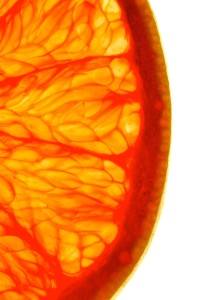EDTA chelation therapy, without added vitamin C, decreases oxidative DNA damage and lipid peroxidation.
by Roussel AM1, Hininger-Favier I, Waters RS, Osman M, Fernholz K, Anderson RA.
 Abstract
Abstract
Chelation therapy is thought to not only remove contaminating metals but also to decrease free radical production. However, in standard ethylene diamine tetracetic acid (EDTA) chelation therapy, high doses of vitamin C with potential pro-oxidant effects are often added to the chelation solution. The authors demonstrated previously that the intravenous administration of the standard chelation cocktail, containing high amounts of vitamin C, resulted in an acute transitory pro-oxidant burst that should be avoided in the treatment of pathologies at risk of increased oxidative stress such as diabetes and cardiovascular disease. The current study was designed to determine the acute and chronic biochemical effects of chelation therapy on accepted clinical, antioxidant variables. An EDTA chelation cocktail not containing ascorbic acid was administered to six adult patients for five weeks (10 sessions of chelation therapy); antioxidant indicators were monitored. Immediately after the initial chelation session, in contrast with the data previously reported with the standard cocktail containing high doses of vitamin C, none of the oxidative stress markers were adversely modified. After five weeks, plasma peroxide levels, monitored by malondialdehyde, decreased by 20 percent, and DNA damage, monitored by formamidopyrimidine-DNA glycosylase (Fpg) sensitive sites, decreased by 22 percent. Remaining antioxidant-related variables did not change. In summary, this study demonstrates that multiple sessions of EDTA chelation therapy in combination with vitamins and minerals, but without added ascorbic acid, decreases oxidative stress. These results should be beneficial in the treatment of diseases associated with increased oxidative stress such as diabetes and cardiovascular diseases.